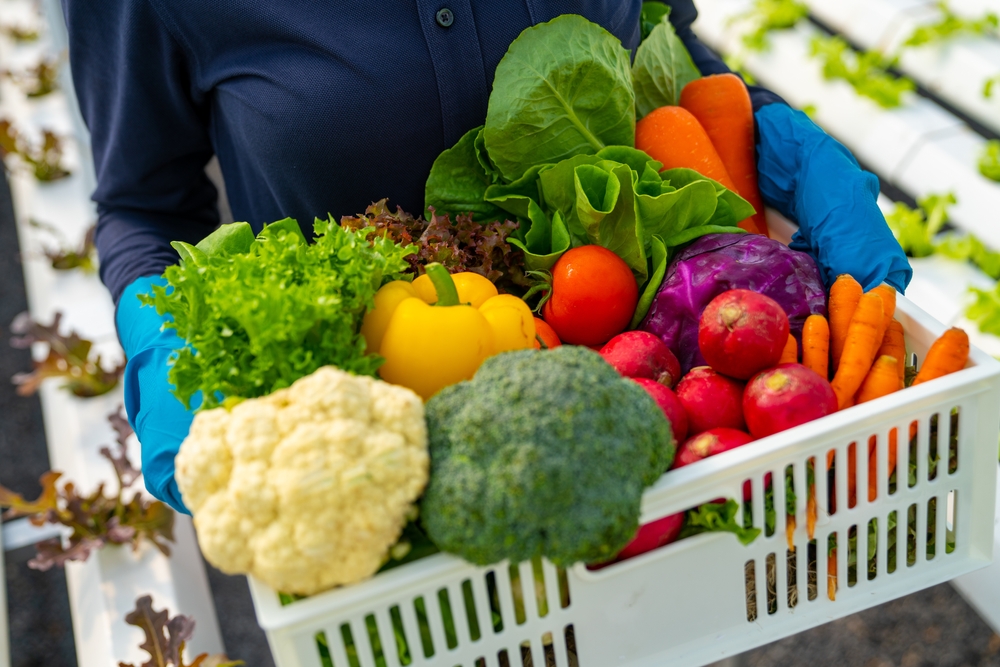Japan’s high life expectancy has captured global attention, with many of its citizens reaching their 100th birthdays and beyond. This longevity stems from a combination of cultural habits, diet, mindset and social values that prioritize a balanced, healthy lifestyle. With an average life expectancy of 84.5 years, Japan consistently ranks among the world’s top nations for longevity.
The power of purpose
At the heart of Japanese longevity lies ikigai, which means “reason for being.” This philosophy centers on having a clear purpose in life, contributing to both mental and physical well-being. In regions like Okinawa, home to some of the world’s oldest people, residents believe this sense of purpose is vital to their longevity.
Finding joy in daily activities — whether through hobbies, community service or nurturing relationships — gives people a reason to rise each morning. Studies show that individuals with a clear purpose tend to live longer, experience lower stress levels and maintain better health. Many elderly Japanese continue working or volunteering well into their 80s, maintaining their sense of contribution to society.
Plant-based nutrition
The Japanese diet emphasizes fresh vegetables, seaweed, tofu and fish, with minimal processed foods. This approach provides essential vitamins, minerals and antioxidants that help protect against chronic diseases. Traditional cooking methods like steaming and simmering help preserve nutrients while limiting the use of unhealthy fats.
In Okinawa, the population consumes sweet potatoes, tofu, seaweed and bitter melon, foods rich in nutrients that promote good health. Their diet contains little meat and saturated fats, which link to many modern illnesses. Green tea, a staple in Japanese culture, provides powerful antioxidants that support heart health and may help prevent certain cancers.
The practice of hara hachi bu — eating until 80% full — prevents overeating and helps maintain a healthy weight. This combination of nutrient-rich foods and mindful eating contributes significantly to longevity. Japanese people also typically serve smaller portions on smaller plates, making it easier to control portion sizes naturally.
Community connections
Strong social ties form an essential part of Japanese life, particularly for older adults. Close relationships with family, friends and neighbors provide emotional support and reduce stress. Multi-generational households remain common in Japan, allowing elderly parents to maintain active roles in family life.
Many elderly Japanese participate in social groups and community service. In Okinawa, moai groups provide lifelong mutual support. These social circles meet regularly for meals, conversation and shared activities, creating lasting bonds that extend beyond friendship to practical and emotional support.
Research shows that people with strong social connections tend to live longer, healthier lives, while isolation can lead to depression, cognitive decline and heart disease. Community centers throughout Japan offer programs specifically designed for seniors, helping them stay engaged and connected with others.
Active living
Rather than intense workouts, elderly Japanese people engage in moderate, consistent exercise. Activities like tai chi, yoga and walking keep their bodies healthy without strain. Many continue working on farms, tending gardens or participating in group exercises well into their 80s and 90s.
Radio calisthenics, a morning exercise routine broadcast nationwide, encourages daily movement for people of all ages. This tradition, started in 1928, continues to unite communities in daily physical activity. Parks and public spaces throughout Japan include exercise equipment designed for seniors, making it convenient to stay active.
Mental stimulation proves equally important. Reading, playing games and learning new skills help prevent age-related decline, maintaining independence and quality of life. Many elderly Japanese regularly solve puzzles, practice calligraphy or learn traditional arts to keep their minds sharp.
Mindful practices
Japanese people often use meditation and mindfulness to manage stress and maintain emotional balance. Many practice zen meditation, focusing on deep breathing and clearing the mind. Regular meditation helps reduce anxiety, lower blood pressure and improve sleep quality.
They also value time in nature, whether walking through forests or sitting by the ocean. The practice of forest bathing, or shinrin-yoku, involves mindfully experiencing nature through all five senses. Research shows this practice reduces stress hormones and boosts immune system function.
Healthcare approach
Japan’s healthcare system emphasizes prevention through regular checkups and screenings. Annual health examinations are mandatory for employees, and seniors receive regular health monitoring. This proactive approach helps identify potential health issues before they become serious problems.
The system combines modern medical technology with traditional practices like herbal medicine and acupuncture. This integrated approach provides comprehensive care while respecting traditional healing methods. Universal healthcare coverage ensures that all citizens have access to necessary medical services without financial burden.
A balanced life
The Japanese secret to living past 100 combines purposeful living, plant-based nutrition, strong social connections, physical and mental activity, mindfulness and preventive healthcare. While not everyone can live in Japan, these practices can be adapted to any lifestyle to work toward better health and longevity. The key lies in finding balance and maintaining consistent healthy habits rather than pursuing extreme measures.
This story was created using AI technology.
















